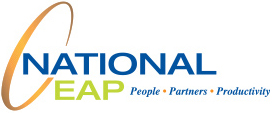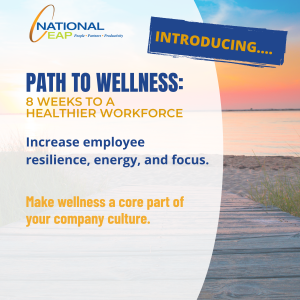National EAP (NEAP) is excited to announce a new collaboration with TouchCare, the premier health advocacy service, designed to bring even more support to employees and optimize the benefits experience. At National EAP, we are always looking for ways to enhance the support and resources available to our clients and their teams.
We are excited to offer TouchCare to our clients, providing them with access to innovative health and wellbeing solutions. Through this partnership, NEAP clients can connect their employees with TouchCare’s comprehensive platform, designed to support mental health, stress management, and overall wellbeing. This referral gives clients additional opportunities to expand how they care for their workforce.
By sharing this resource, we continue to demonstrate our commitment to helping organizations explore innovative ways to prioritize employee wellbeing, strengthen engagement, and create healthier workplace cultures.
What TouchCare Brings to NEAP Clients:
- Personalized Benefits Advocacy: Expert Health Assistants guide employees through complex healthcare decisions, from understanding plan options to resolving billing issues.
- Benefits Education & Navigation: Clear, easy-to-understand explanations of coverage, plan comparisons, and provider searches empower employees to make informed choices.
- Cost-Saving Strategies: Proactive guidance identifies lower-cost options for procedures, prescriptions, and providers, saving both employees and employers money.
- No Direct Cost to Employees: Employees receive expert support without added costs, increasing utilization while reducing pressure on HR and leadership teams.
By connecting clients with partners like TouchCare, we help organizations maximize the impact of their employee care initiatives.
Ready to provide your employees with expanded well-being support?
Learn how to get access to TouchCare services by contacting National EAP at info@nationaleap.com or online at https://nationaleap.com/contact/.



